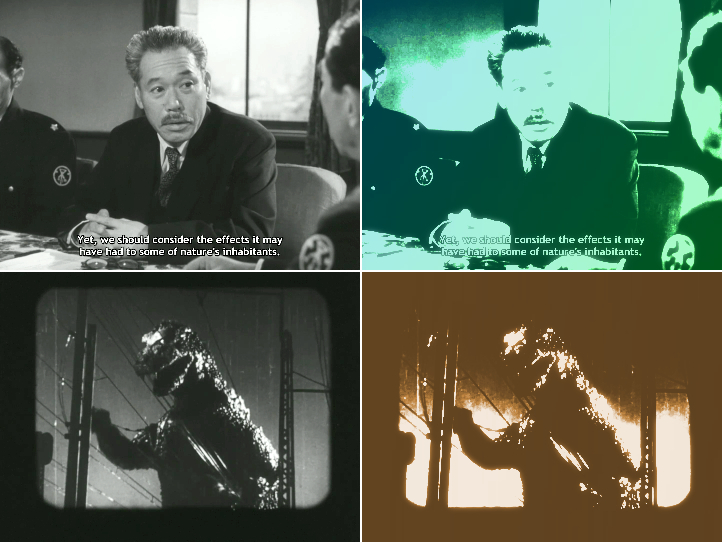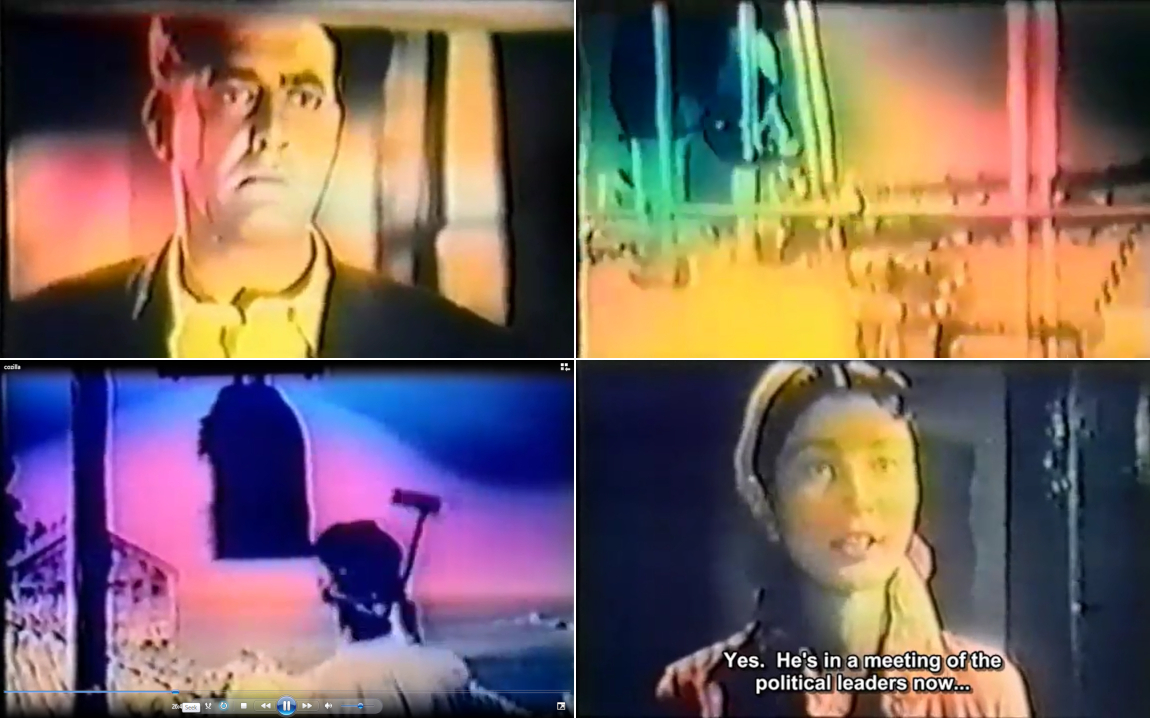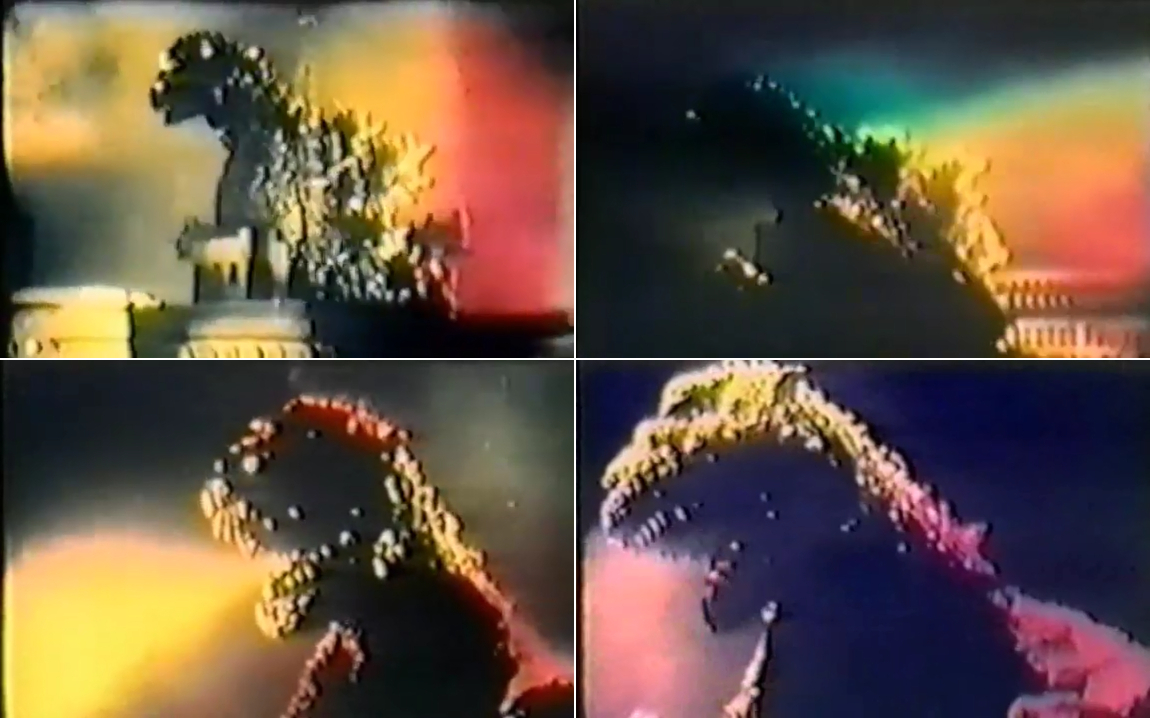4/20 and 4/21, 2023
Apr. 24th, 2023 09:23 amApril 20, 2023
First tincture: 10:15amI hopped on a bus and went to my favorite cheap carousel sushi restaurant. By the time I arrived, more than an hour had passed since my first tincture, but I still wasn’t feeling it. Usually within an hour it hits me, so I hoped this was merely a delayed reaction. Finally, about halfway through my lunch, it hit me. I’m sure the music in the restaurant was just ordinary Chinese pop music, but it sounded like a blend of Japanese 1960s pop and 1970s Eurovision, all sung in Chinese. I think the trippiest thought I had was watching the little sushi plates go by, each with a card telling you what they were. It was like watching the Miss Universe pageant, only the contestants were all sushi, and the parade never ended.

Click image for larger view; opens in new window.
I hopped on the bus again. Watching the world zoom by while the rain was pouring was quite the ride. I had put some new tunes on my phone for listening, but I was hypnotized by the ambient sounds. When I’m stoned everything sounds like music—the sound of the carriage creaking as the bus bumped along the road created a techno beat, and all the other sounds (other cars, rain, bus brakes, etc.) were samples. The conversations of the passengers and the automated recorded station announcements were like operatic recitatives, only jazzier, but not at all dissonant.
I came up with a couple of “jokes”. I laughed pretty hard at them then, though they’re not that funny at all now. They remind me of jokes little kids attempt to make when they haven’t yet developed an understanding about humor.
| Joke 1 I saw a billboard for someone with a name like Ken Kenneth and I wondered how many other male names double as both first and last names? The first person I thought of to try this out was the main character in the Peanuts strip, but instead of Charlie Charles I came up with Brown Brown. |
| Joke 2 A man goes to his usual bus stop. A bus pulls up, but it’s not the regular bus line. The man asks the driver if he’s heading south; the driver says yes. The man holds up his bus pass and asks if it will that work on this bus line. The driver says to try it and see. The man taps his card and his entire bank account is drained. The driver says, “Nope!” |
I then caught a train to the Expo Center. If the bus was a techno tune, then the train was futuristic ambient, like waiting in line at Space Mountain. The train seemed to run on “ghost power”—the engine (or whatever it was) sounded like a mournfully wailing human voice, and the train accelerated as the voice rose in pitch. The “music” was punctuated by the bells at the crossings—they faded in and out, and the pitch rose and fell due to the Doppler effect. It was almost like a piece by György Ligeti.
From the Expo Center, I walked across the bridge to Hayden Island. It was pouring rain, but I wasn’t about to let that discourage me. My plan was to go to a Starbucks that was just over the bridge. But I couldn’t find it. I finally got out my phone and pulled it up on a map. It was supposed to be right in front of me, but all I could see was a Target. Ahh, it’s inside the Target! Inside there was a very tiny dining area with two little tables, both occupied. I would’ve sworn the pics online showed a much nicer place with more seating, but hey, pictures of house interiors on real estate websites look ten times bigger, right? I got a coffee, then walked over to a store where I could sit on a bench out of the rain for a few minutes.
Second tincture: 2:30pm, put inside a homemade bran and raisin muffin.
I caught the bus back over the bridge—and then saw the Starbucks to which I had intended to go—then caught the train back into downtown, then the bus home. My hubby doesn’t partake, but he agreed to watch an episode of MST3K (“Gamera vs. Zigra”, 1971, dir. Noriaki Yuasa) with me for some giggles.
Third tincture: 6:00pm
The rest of the evening was like my usual tincture evenings, with a bunch of videos, including:
KDGJ-TV, 1994
Over the last several weeks I’ve been converting old VHS-C tapes to digital. These old tapes were of skits and music videos and such that I made ages ago, sometimes with the help of my friend Duane Michael Gebo and my brother Kain Thornn. Most of our skits were pretty juvenile stuff and I figured they’d be good for a laugh, so when I did the digital transfer, I avoided looking at the monitor as much as possible so as not to spoil any surprises. After all, I hadn’t seen these in decades, and barely remember anything of what specifically was on it. In KDGJ-TV and similar vids we did, we each took on the role of TV producers and had to make a variety of little shows, most of which were improvised. For example:
☆ an infomercial for “Wizzo Vitamins”
☆ an interview with a very rich man and a perpetually unemployed man
☆ “Two Brides for Two Brothers”
☆ commercials for feminine hygiene and male bladder control
Old Cartoons, 1934-1947
I thought it might be fun to watch a bunch of old cartoons, ones I hadn’t seen since I was a kid. I deliberately chose ones that did not feature well-known characters like Bugs Bunny, Popeye, and so on. The only one I distinctly remember seeing as a kid was Fifth Column Mouse. Aside from the occasional racial stereotypes, I found the majority of them charming and beautifully rendered, particularly the three directed by Walter Lantz and Manuel Moreno. And the little song the mice sing in Three Lazy Mice has become my new mantra, lol:
| We don’t have to work! We don’t have to work! La la la la la la La la la We don’t have to work! |
01. Toyland Premiere, 1934, dir. Walter Lantz and Manuel Moreno
02. Candy Land, 1935, dir. Walter Lantz and Manuel Moreno
03. Three Lazy Mice, 1935, dir. Walter Lantz and Manuel Moreno
04. Detouring America, 1939, dir. Fred Avery
05. The Fresh Vegetable Mystery, 1939, dir. Dave Fleischer
06. Aviation Vacation, 1941, dir. Tex Avery
07. Goofy Groceries, 1941, dir. Robert Clampett
08. The Early Bird Dood It!, 1942, dir. Tex Avery
09. The Fifth-Column Mouse, 1943, dir. Friz Freleng
10. Who Killed Who?, 1943, dir. Tex Avery
11. Batty Baseball, 1944, dir. Tex Avery
12. Of Thee I Sting, 1946, dir. Friz Freleng
13. The Gay Anties, 1947, dir. Friz Freleng

Click image for larger view; opens in new window.
Top left: a parade from Toyland Premier; notice the aurora borealis. Top right: the mice flee the cat in The Fifth-Column Mouse. Bottom left: the mice have a rally; the use of disembodied eyes to create a crowd is a little spooky. Bottom right: a scene from Who Killed Who?; I love how the background looks like there’s a thick green fog in the mansion.
“Neon Tokyo”
I downloaded a video of a night drive through Tokyo, then increased the saturation, “glow”, contrast, and brightness to make everything look like candy colored neon. See the original video here.

Click image for larger view; opens in new window.
April 21, 2023
I took my dose and met $6M-Man downtown. He lives near Beaverton and once told me he had never really explored Portland’s mass transit system, so I thought I’d take him on a little tour. We hopped on the B Loop Streetcar so we could go across the Tilikum and Broadway bridges, then transferred to the NS line to see the Northwest District. We finally got off and went to a ramen restaurant for lunch. By now we were both feeling pretty mellow. After lunch, we walked over to a coffeeshop. $6M-Man likes to write and I like to draw, so we sat for a while and worked on our own projects. Finally, I had to get home to make dinner, so I said goodbye ($6M-Man later texted me to let me know he got home okay) and that was the end of my 4/20 “weekend”!I must say, as much as I enjoy my tincture evenings and watching vids and listening to music, it was a whole other experience being out in the real world. I felt relaxed, calm, at ease. I had several other thoughts about this state, but will save that for another blog entry.









